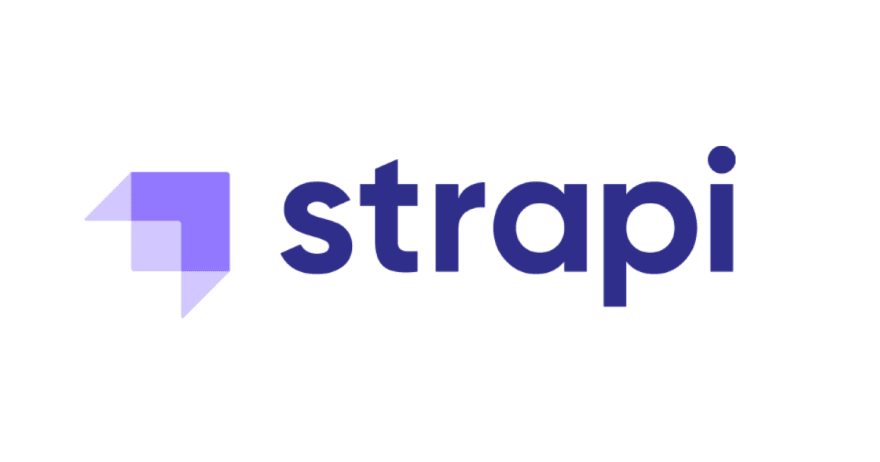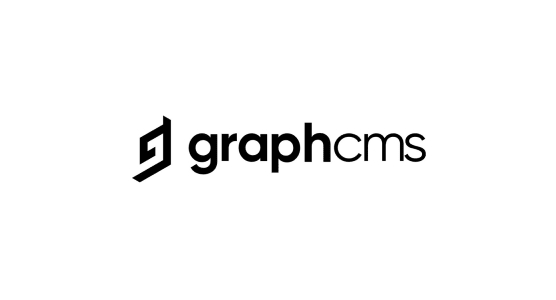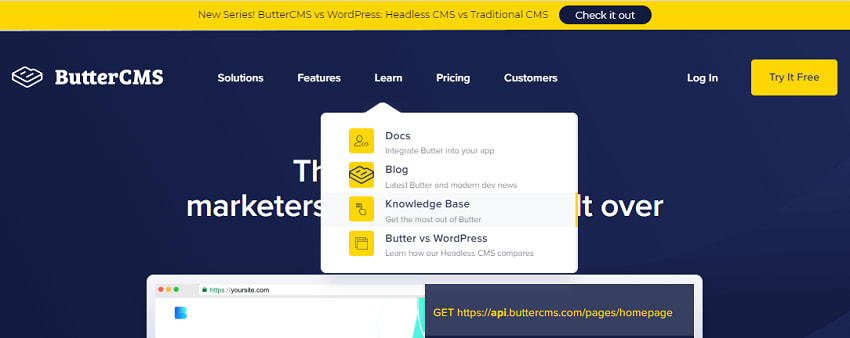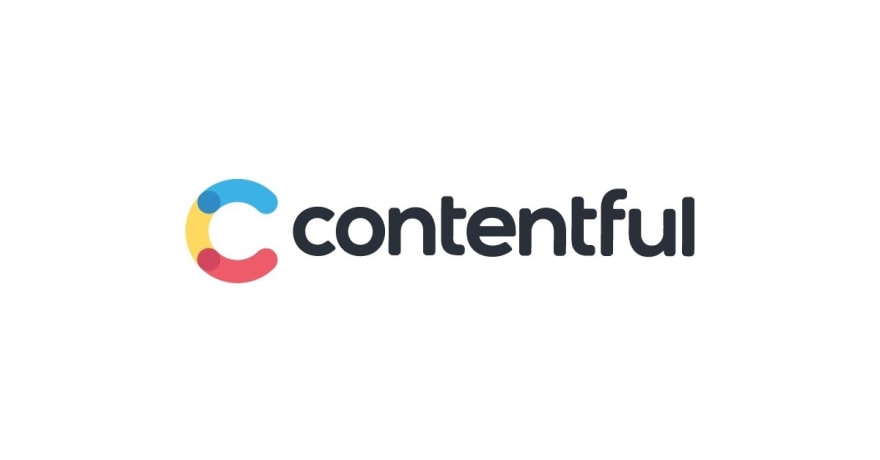This content originally appeared on DEV Community 👩💻👨💻 and was authored by Pulkit Singh
A headless content management system (CMS) is a backend system that enables you to manage and organize your content, but does not have a frontend (user interface) for displaying that content. Instead, the content is made available through an API (Application Programming Interface) for display on any device or platform, such as a website, mobile app, or digital signage.
Headless CMSs are typically used in cases where you need to deliver content to multiple channels, or when you want to decouple the content management from the presentation layer. This can be useful for creating a more flexible and scalable content management system that can be integrated with a variety of different frontend systems.
Some popular headless content management systems (CMSs) include:
Contentful: A cloud-based headless CMS that enables you to create, manage, and deliver content to any platform. It features a flexible content model, powerful API, and integrations with a variety of tools and services.

Strapi: An open-source headless CMS that you can self-host or deploy to the cloud. It offers a user-friendly interface for managing content, and provides a flexible and customizable API for delivering content to your frontend applications.

Sanity.io: A cloud-based headless CMS that allows you to create and manage structured content, and delivers it through a powerful API. It features a real-time collaboration platform and integrations with a variety of tools and services.

GraphCMS: A cloud-based headless CMS that enables you to create, manage, and deliver content through a powerful API. It offers a user-friendly interface for managing content, and provides integrations with a variety of tools and services.

ButterCMS: A cloud-based headless CMS that offers a flexible content model and a powerful API for delivering content to any platform. It features a user-friendly interface for managing content, and provides integrations with a variety of tools and services.
Honourable mentions
Netlify CMS: An open-source headless CMS that is built on Git and designed to work with static site generators like Jekyll, Gatsby, and Hugo. It offers a user-friendly interface for managing content, and integrates seamlessly with Netlify's hosting and deployment platform.
Cosmic JS: A cloud-based headless CMS that enables you to create, manage, and deliver content through a powerful API. It features a user-friendly interface for managing content, and provides integrations with a variety of tools and services.
Directus: An open-source headless CMS that you can self-host or deploy to the cloud. It offers a user-friendly interface for managing content, and provides a flexible and customizable API for delivering content to your frontend applications.
Ghost: A headless CMS that is designed for creating and managing online publications. It offers a user-friendly interface for managing content, and provides a powerful API for delivering content to any platform.
DatoCMS: A cloud-based headless CMS that enables you to create, manage, and deliver content through a powerful API. It features a user-friendly interface for managing content, and provides integrations with a variety of tools and services.
To conclude, a headless content management system (CMS) is a backend system that enables you to manage and organize your content, the content is made available through an API for display on any device or platform. Headless CMSs are useful for creating a more flexible and scalable content management system that can be integrated with a variety of different frontend systems. There are many other headless CMSs available, each with its own set of features and capabilities. You should choose a headless CMS based on your specific needs and requirements.
This content originally appeared on DEV Community 👩💻👨💻 and was authored by Pulkit Singh
Pulkit Singh | Sciencx (2022-12-16T15:08:40+00:00) What are Headless CMS?. Retrieved from https://www.scien.cx/2022/12/16/what-are-headless-cms/
Please log in to upload a file.
There are no updates yet.
Click the Upload button above to add an update.


